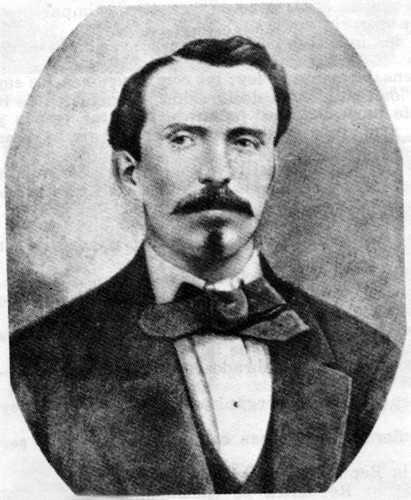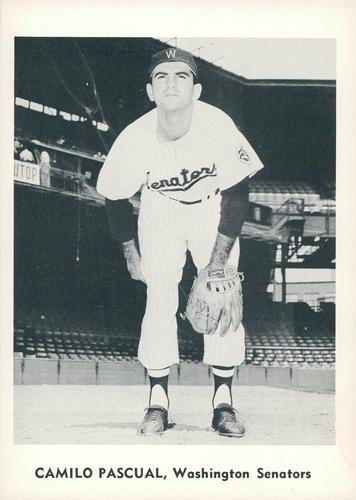
Want a good movie? Check out a retro movie channel?
This morning, I caught just about all of "The House on Telegraph Hill", a 1951 movie with a rather interesting plot:
Concentration camp survivor Victoria Kowelska finds herself involved in mystery, greed, and murder when she assumes the identity of a dead friend in order to gain passage to America.....Well, let me give the movie a pretty good grade.
The cast includes Richard Basehart, Valentina Cortese and William Lundigan. I don't know much about their backgrounds but did enjoy their performance.
I may have to watch it again to understand a couple of things about the story. It is very intense and the dialogue is great.
The movie is based on a book: "The frightened child" by Dana Lyon.



